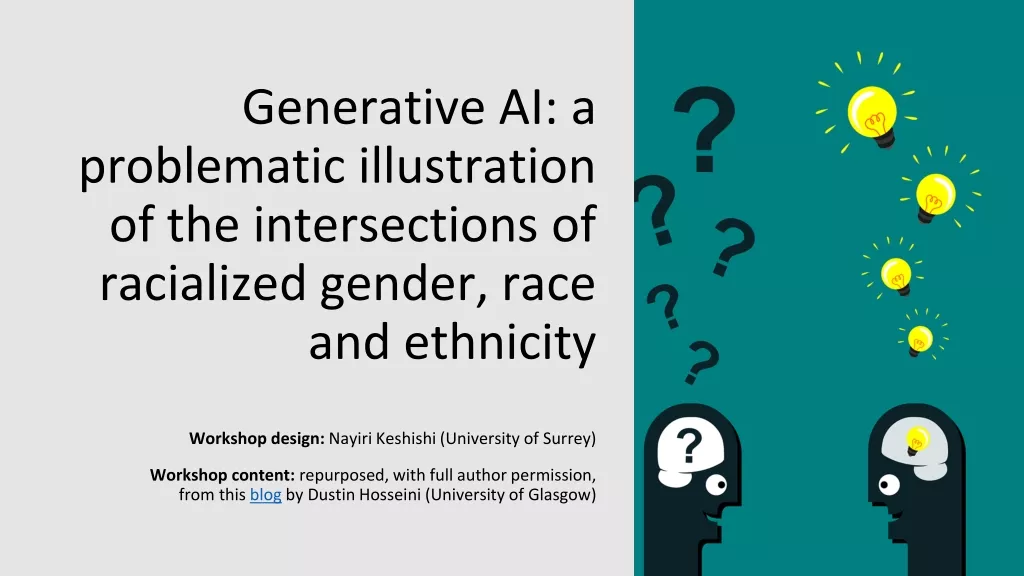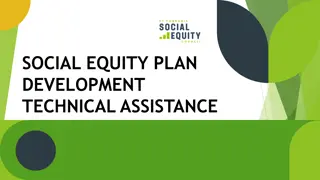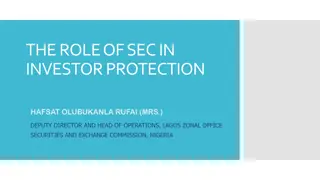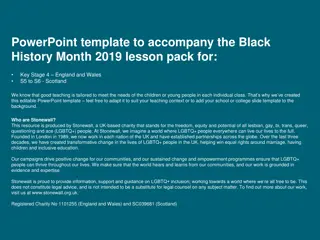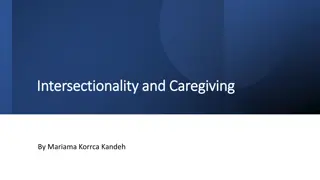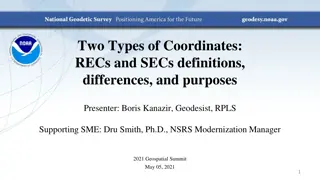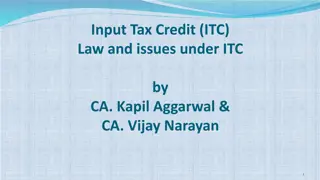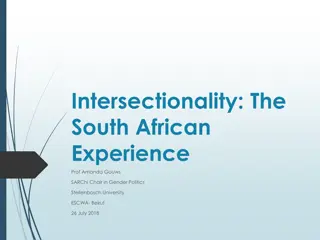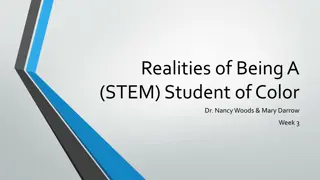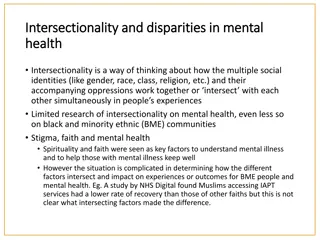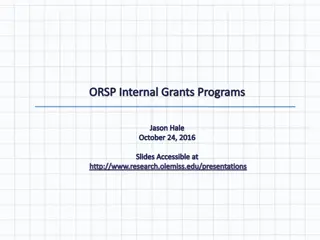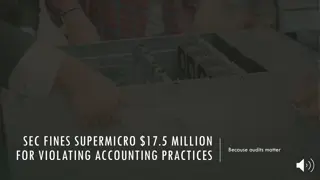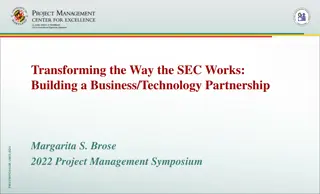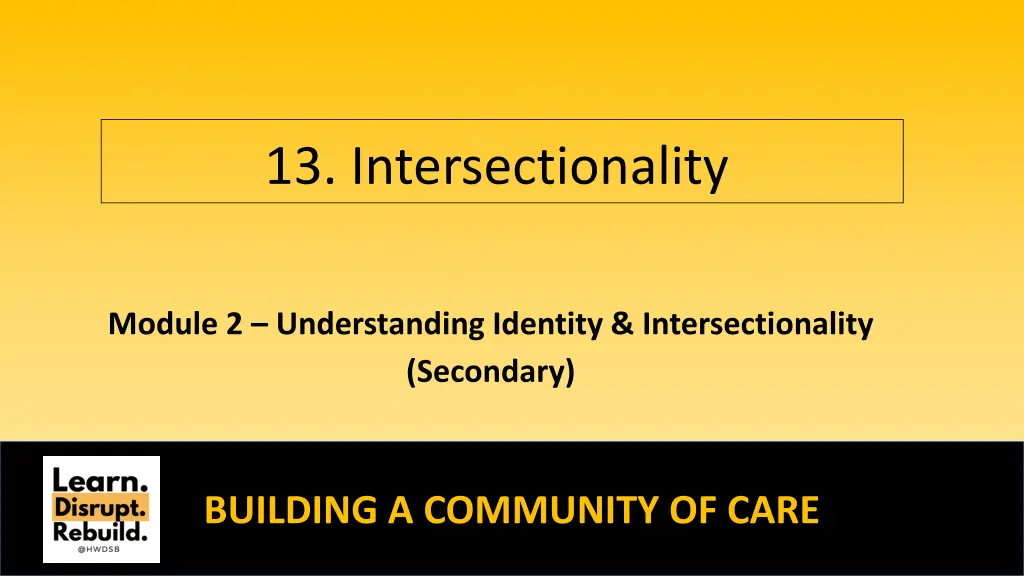
Understanding Identity and Intersectionality in Building Inclusive Communities
Explore the concept of intersectionality and how our identities influence our experiences. Learn about privilege, advantages, and disadvantages based on various attributes. Engage in discussions and activities to promote inclusivity and understanding in schools, organizations, and communities.
Download Presentation

Please find below an Image/Link to download the presentation.
The content on the website is provided AS IS for your information and personal use only. It may not be sold, licensed, or shared on other websites without obtaining consent from the author. If you encounter any issues during the download, it is possible that the publisher has removed the file from their server.
You are allowed to download the files provided on this website for personal or commercial use, subject to the condition that they are used lawfully. All files are the property of their respective owners.
The content on the website is provided AS IS for your information and personal use only. It may not be sold, licensed, or shared on other websites without obtaining consent from the author.
E N D
Presentation Transcript
13. Intersectionality Module 2 Understanding Identity & Intersectionality (Secondary) BUILDING A COMMUNITY OF CARE
Learning Goal We are learning to understand how our multiple identities impact how we experience the world, and what that means as we work to build inclusive schools, organizations, workplaces, and communities. BUILDING A COMMUNITY OF CARE
Student Pre-reflection Before we begin this lesson, think about... Consider how different students in our school might experience things differently than you do, depending on certain aspects of their identities. What aspects of our identities give us advantages? Or disadvantages? What situations are we sometimes in where one part of our identity is at the forefront over other parts? BUILDING A COMMUNITY OF CARE
Let's Discuss! What are privileges you have / enjoy? Why do you have these privileges? BUILDING A COMMUNITY OF CARE
What is Privilege? Privilege refers to the unquestioned and unearned set of advantages, entitlements, benefits and choices bestowed on people solely based on a single characteristic. Privilege can be due to several different attributes race, gender, age, sexual orientation, education, status, ability, etc. BUILDING A COMMUNITY OF CARE
Minds on...Kids Explain Intersectionality Things to think about while you are watching: What aspects of our identities give us advantages? Or disadvantages? How do we put others in boxes ? Are there things you do not understand like the young person in the video? BUILDING A COMMUNITY OF CARE
My Intersectional Self BUILDING A COMMUNITY OF CARE
My Own Intersectional Self Complete your own Intersectional Self Worksheet following the instructions on the next slide or handout . BUILDING A COMMUNITY OF CARE
My Own Intersectional Self My Own Intersectional Self 1. Place your name in the center. 2. Choose five different aspects of your identity and write each of them in the identity bubbles provided. Think about what you wrote on your Mind Map. 3. Think about the ways in which these parts of your identity may give you advantages (privilege) or disadvantages (oppression) BUILDING A COMMUNITY OF CARE
Copy this template and create your own Intersectional Self YOUR NAME BUILDING A COMMUNITY OF CARE
My 2 most important identity bubbles are... briefly explain. BUILDING A COMMUNITY OF CARE
Privilege & Oppression We have many identities that intersect. Not being aware of our own or others' identities causes us to not recognize the privilege some identities carry, or the oppression experienced by people with other intersecting identities. BUILDING A COMMUNITY OF CARE
S-I-T: Surprising, Interesting, Troubling Use the S-I-T strategy to share your thoughts about the statistics on the next slides: One Surprising fact or idea One Interesting fact or idea One Troubling fact or idea BUILDING A COMMUNITY OF CARE
S-I-T: Surprising, Interesting, Troubling 1 in 5 Canadians will experience a mental illness or problem this year 1 in 4 students with a disability have been bullied in school because of their disability. 45% of Canada s homeless have a physical or mental disability. Nearly 15% of people with disabilities live in poverty - 59% of whom are women. BUILDING A COMMUNITY OF CARE
S-I-T: Surprising, Interesting, Troubling Nearly five million people in Canada (1 in 7) live in poverty 99 First Nations communities have had a boil water advisory in place for more than a year. 48% of children in foster care are Indigenous Racialized Canadians also earn an average of 81 cents to the dollar compared to other Canadians. Black males living in Toronto are 3 times more likely to be stopped and asked for identification by police. BUILDING A COMMUNITY OF CARE
S-I-T: Surprising, Interesting, Troubling 70% of transgender youth in Canada have experienced discrimination because gender identity 36% of trans youth report being physically threatened or injured at school 70% of trans youth report experiencing sexual harassment. Employers are about 40% more likely to interview a job applicant with an English-sounding name despite identical education, skills and experience. BUILDING A COMMUNITY OF CARE
Transforming the Statistics: Transforming the Statistics: Which identities are represented in the statistics? Why do you think some identities are represented and others are not? Think about what needs to happen for these statistics to change. What things can an individual do to help make these changes? BUILDING A COMMUNITY OF CARE
Student Post-reflection In the words of Helen Keller: Alone we can do little; together, we can do so much. I believe that our country and our economy will be stronger when Canadians embrace diversity to its fullest. That means ensuring that everyone has equal opportunity to fully participate in society and it means recognizing that our Canada includes everyone. ~ Chief Commissioner Landry BUILDING A COMMUNITY OF CARE

